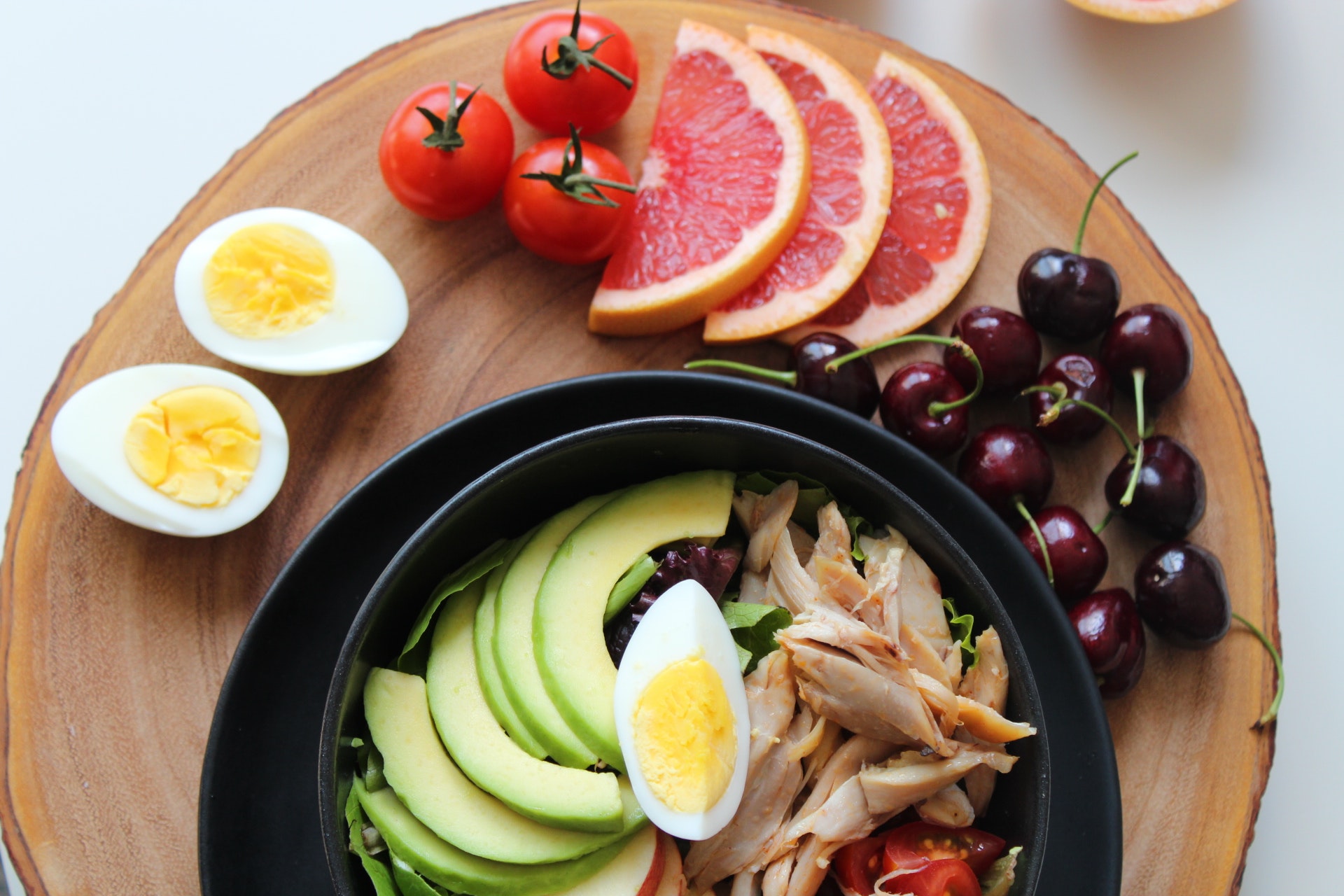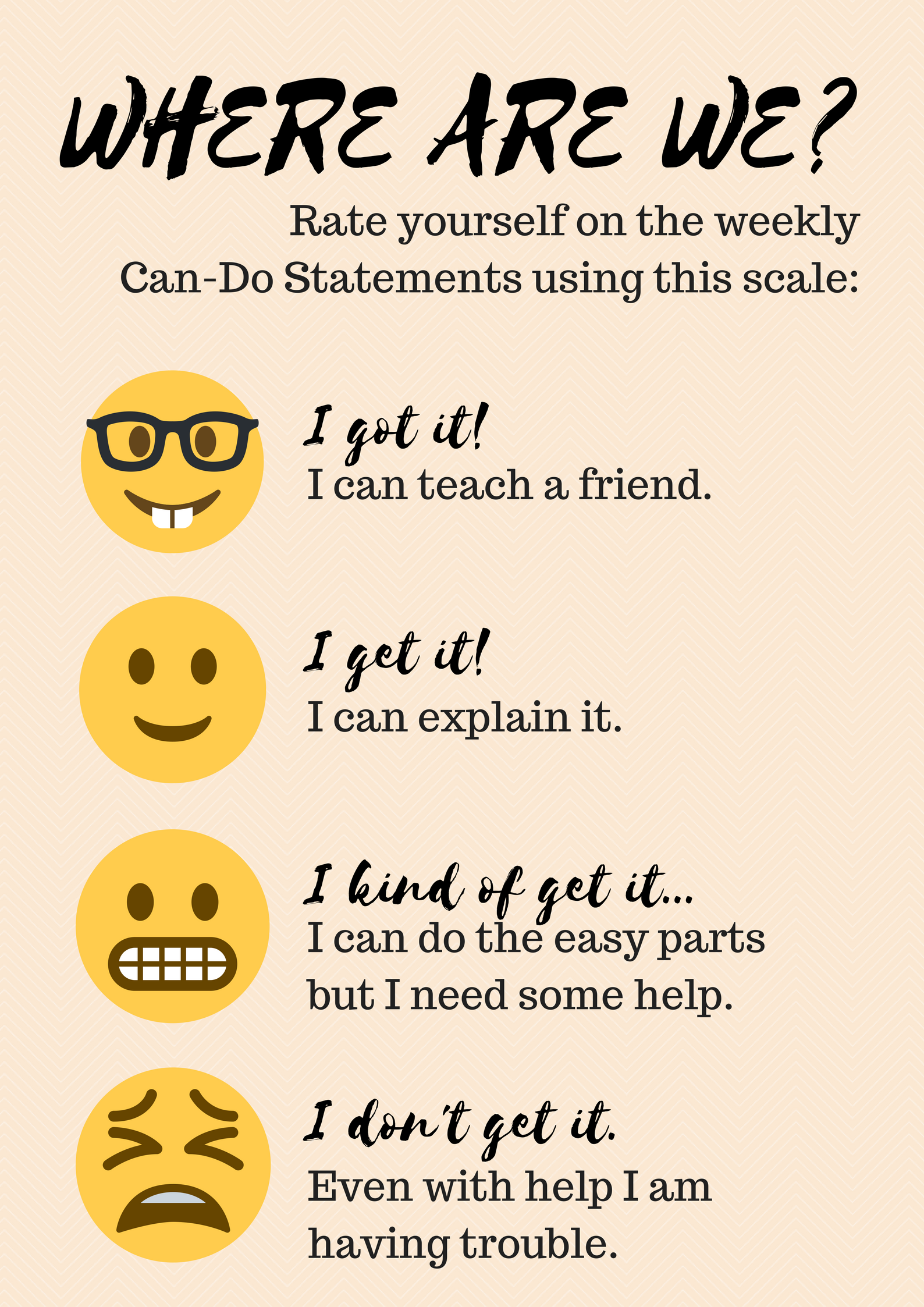"Cómo comer de forma saludable cuando estás en la universidad" / Eating healthy in college
About the Boise State World Languages Resource Center (WLRC) Language Activity Repository
The activities provided by the Boise State World Languages Resource Center (WLRC) serve as foundational activities which can be adapted by any language and scaled up or down on the proficiency scale. In other words, the activities are “language-agnostic” to provide language instructors from around the country the platform to remix these instructional materials, infusing them with their target language and culture! This activity was created by upper-division language students working in the World Languages Resource Center at Boise State University. Our activities seek to help students solidify their interpersonal speaking and interpretive listening skills through task-based situations or communicative activities. We recommend using these activities to help reinforce the content students are learning, allowing the students time to feel comfortable using the unit’s vocabulary and grammar structures through application. Further, these activities should be facilitated in approximately 90% (or more) in the target language, per the recommendation of the American Council on the Teaching of Foreign Languages.
Using the WLRC Repository’s Activities:
When you are ready to begin remixing the activity, in order to adapt it for your target language and audience, simply click the “Remix This Resource” button at the top of your screen. The text provided in purple is a suggestion of what you might say to your students and should be changed to the target language. Most activities contain a connected chapter, two to three “NCSSFL-ACTFL Can-Do” statements, a warm-up, main activity, and a wrap-up. In addition to the instructions, some activities may include a “cheat sheet” containing the target vocabulary and grammar structures emphasized in the activity. Though most of the lab materials are provided, a computer, projector, printer, and laminator may also be needed to fully utilize materials. Many of the activities include printable cards and other instructional materials. If you would like to adapt these materials for your language, please email WLRCLAR@gmail.com and we will provide you with an editable copy. For YouTube videos and other websites, hyperlinks are provided.
Enjoy!
- Boise State World Languages Resource Center
"Cómo comer de forma saludable cuando estás en la universidad"

Bowl of healthy food
Interpersonal Speaking, Novice High
In this activity, students will have the opportunity to give nutritional advice to their peers and recommend a day of healthy meals to a visiting international student.
Keywords:
Nutrition, nutritional information, healthy choices, calories, fat, sodium, breakfast, lunch, dinner, snacks, meal planning, menu, college, eating out
Relevant NCSSFL-ACTFL Can-Do Statements:
- I can talk about healthy eating habits
- I can help someone else make healthy decisions regarding food
- I can identify nutritional categories on food labels
- I can share foods that might be familiar to my peers
Relevant ACTFL World-Readiness Standards
Communication
Standard 1.1
Students engage in conversations,
provide and obtain information, express feelings and emotions, and exchange opinions.
Materials Needed: (hyperlinked when applicable)
- Wet erase markers and erasers
- Student Meal Cards (Warm-up), one per student
- Meal Planning Cards (Main Activity), one card for each pair/group of students
- Student Profile Cards (Main Activity), one card for each pair/group of students
- Campus Menu Cards (Main Activity), one set for each pair or group of students
- Drink cards
Warm-up (Approx. 5-7 minutes)
1. Begin by introducing the Can-Dos for today’s activity and distributing one of the “Student Meal Cards” to each student.
"Hoy, vamos a charlar sobre la comida que sirven en la universidad. Vamos a enfocarnos en los estándares nutricionales y charlar sobre los restaurantes que tenemos aquí. También vamos a decidir si el campus tiene algunas opciones saludables."
Relevant NCSSFL-ACTFL Can-Do Statements:
- I can talk about healthy eating habits
- I can help someone else make healthy decisions regarding food
- I can identify nutritional categories on food labels
- I can share foods that might be familiar to my peers
2. Ask students to look at the dish they have in front of them and provide the lab assistant a suggestion of something healthier on or off campus they might eat instead.
"Ahora, cada persona tiene una tarjeta con una comida para el desayuno, el almuerzo o la cena. Uds. necesitan estudiar la tarjeta y pensar en una recomendación más saludable. También, tengo una preguntas sobre las tarjetas que van a contestar”
If students need some assistance getting the discussion going, use the questions below:
1. ¿Dónde puedes encontrar estas cosas en el campús?
2. ¿Cuáles ingredientes tienen la comida que tienes en tu tarjeta?
3. ¿Hay salsas en la comida? (salsa = sauce)
4. ¿Cuántas cosas en tu tarjeta tienen proteína?
5. ¿Cuántas cosas en tu tarjeta tienen mucha grasa? ¿Cuántas tienen poca grasa?
6. ¿Cuáles cosas en esta tarjeta te gustan comer?
7. ¿Hay carne? ¿Qué tipo?
Option 1: Go around the table and have students share the items they would keep and their recommendations for healthier options.
Option 2: Put students in partners and have them pretend that the card they are holding is their partner’s meal selection for the day. Students should provide encouragement and recommendations for a healthier meal.
Main Activity
1. Put the student in partners and hand each pair one student profile card, one set of campus menus, and one meal planning sheet. Students should read through the profile card and they will then look through the menus and make a plan for the student’s visit to the university.
“Ahora vamos a dar recomendaciones a algunos estudiantes internacionales que van a visitar la universidad de Boise State. Lean la tarjetea con la información sobre un estudiante y deben prestar atención a las cosas que quiere probar y las cosas que no le gusta/no puede comer.”
2. Tell your students:
1. "Necesitan usar la hoja de las comidas (meal planning cards) para planear el día para el/la estudiante. Necesitan decir a dónde van a ir por el desayuno, el almuerzo, la cena y una merienda."
2. Van a usar los menus (menus) de los restaurantes aquí en Boise State. Al mínimo deben incluir una comida y una bebida por cada plato. La meta es crear un menú saludable para el día que también incorpora las preferencias del estudiante"
3. Use this model for an example:
1. Para desayuno:
1. Vamos a Starbucks para tomar café y comer un bagel.
2. Para almuerzo:
1. Vamos a Panda Express para comer arroz integral, pollo a la naranja, y tomar un té helado.
3. Para cena:
1. Vamos a Subway para comer un sándwich con pavo y queso y beber jugo de naranja.
4. Para una merienda:
1. Vamos a Freshii para tomar una batida de fruta.
3. Once all students have completed the meal planning sheet, ask each pair of students to introduce their assigned student and share their meal planning sheet with the group.
4. After each group has shared, ask the students to vote on the healthiest meals:
1. ¿Cuáles son los platos más saludables? ¿Por qué?
2. ¿Cuáles son los platos menos saludables? ¿Por qué?
Wrap-up
Wrap-up questions (Pick the a few you’d like to ask):
1. ¿Con qué frecuencia comes en el campus? ¿Dónde comes?
2. ¿Con qué frecuencia comes el desayuno? ¿Cuál es tu plato favorito?
3. ¿Qué te gusta comer para el almuerzo?
4. ¿Con qué frecuencia tomas el café o té?
5. ¿Qué es tu bebida favorita?
7. ¿Cuál es la mejor tienda para comprar comida?
9. ¿Piensas que nuestra universidad tiene comida saludable para los estudiantes?
End of lab:
• Read Can-Do statements once more and have students evaluate their confidence.
(Use thumbs up/thumbs down or download our student cards.)
• Encourage students to be honest in their self-evaluation.
• Pay attention, and try to use feedback for future labs!
Relevant NCSSFL-ACTFL Can-Do Statements:
- I can talk about healthy eating habits
- I can help someone else make healthy decisions regarding food
- I can identify nutritional categories on food labels
- I can share foods that might be familiar to my peers

Where are we? Rate yourself on the weekly Can-Do Statements using this scale: I get it!, I got it!, I kind of get it..., I don't get it...